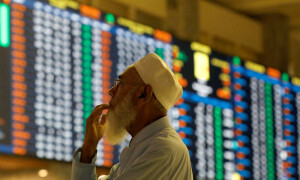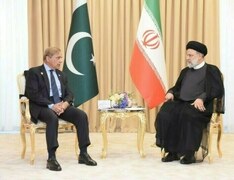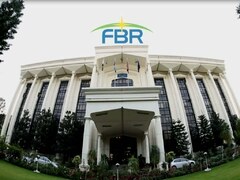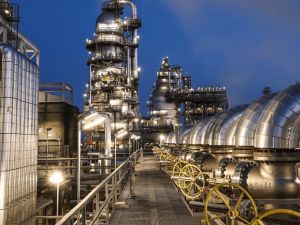The previous article by this writer had presented the estimate of the GDP growth rate in 2022-23 as negative 1% from the supply-side in terms of the sectoral growth rates. This had factored in the damage to agricultural output by the devastating floods and the consequential impact on the industrial and service sectors. In addition, the projection incorporated the fall in output due to the severe containment of imported raw materials and intermediate goods, because of the low and falling foreign exchange reserves.
Recent trends are highlighting the big fall in output. Cotton arrivals are down by over 40%. The Quantum Index of Manufacturing has shown a decline of 3.5% in the first five months of 2022-23. According to OCAC, the use of petroleum products for transport has fallen by 21% and so on.
There is need for finalizing the projection of the GDP growth rate in 2022-23 by ensuring consistency in the estimate via the supply-side and the demand-side. This is the objective of the present article. Estimates are presented of the GDP by expenditure.
The largest part of the GDP by expenditure is household consumption expenditure, with a share of 89% in 2021-22. The PBS has indicated that there was a veritable boom in real consumption spending by households in 2021-22 of 10%. This is the primary reason for the GDP growth rate of 6% last year. However, given the high double-digit inflation during the year it is unlikely that households could have increased their standard of living by as much as almost 8%. Consequently, it is unlikely that the growth rate in the GDP of 6% was achieved last year.
The sectoral projections for 2022-23 are as follows:
===================================
Growth Rate (%)
===================================
Agriculture -3.5
Industry -4.0
Services 1.0
GDP at factor cost -1.0
===================================
Turning to the likely outcome in 2022-23, the level of real household consumption expenditure is likely to be constrained by supply shortages of basic food items due to the damage caused by floods and limited imports of edible oil, pulses, etc. Already, the rate of inflation in food prices has risen to as high as 35%.
Therefore, a decline in real household consumption expenditure is inevitable in 2022-23. A first estimate is that it could fall by 5% to 6%, especially in the light of a big increase in unemployment and poverty after the floods and negative growth in the economy.
However, the general government consumption expenditure is likely to be significantly higher due to the relief operations undertaken by the federal and the provincial governments during and after the floods. As such, the growth rate of this type of expenditure is projected in real terms at 6%.
Private investment has been hampered during the year by the hike in interest rates, with the SBP policy rate rising to the highest ever rate of 17%. Further, the rise in import prices of machinery due to the devaluation of the rupee has significantly increased the cost of new projects. Already, imports of machinery are down by 23%. Credit to the private sector has decreased by 33%. A 20% decline in real private investment appears likely in 2022-23. Similarly, public investment is also likely to fall sharply due to financing constraints and the need to reduce the spillover in the budget deficit in relation to the tough target of 4.9% of the GDP for 2022-23.
The deficit in international trade is being artificially reduced by stringent regulation and approval of import LCs. Already, the level of imports of goods and services in dollar terms has been reduced by 20% in the first six months, with only a minor upsurge in prices. Exports of goods and services have declined by 5%. Overall, the balance of trade in goods and services has come down by as much as 32%. The same extent of decline is likely to persist over the next six months. As such, the projected magnitude of exports of goods and services at constant prices in 2022-23 is likely to be lower by 2.5%, while that of imports of goods and services can show a big fall of 18%.
Realisation of expenditure growth rates close to these given above will imply a GDP growth rate at constant factor cost of negative 1%. This is consistent with the anticipated growth from the supply side It will represent a replication of the GDP growth rate in 2019-20, after the spread of Covid-19. Two negative GDP growth rates within a period of only three years have never been seen before in the history of Pakistan.
Overall, the projection of the GDP by expenditure in 2022-23 is as follows:
=============================================
Growth Rate (%)
=============================================
Consumption Expenditure
(public + private) -3.5
Investment -15.0
Change in Stocks -1.0
Exports of Goods and Services -2.5
Imports of Goods and Services -18.0
Indirect Taxes minus Subsidies -5.0
GDP at factor cost -1.0
=============================================
In conclusion, the year, 2022-23, is likely to be one of the most difficult years ever that the people of Pakistan will face. The need for major structural reforms for improving the prospects in coming years has become very essential.
Copyright Business Recorder, 2023
The writer is Professor Emeritus at BNU and former Federal Minister



























Comments
Comments are closed.